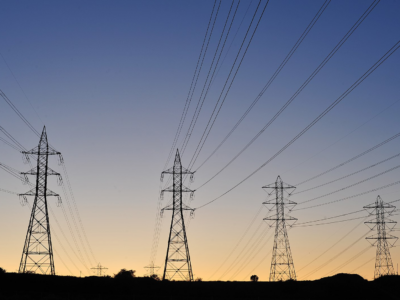Supreme Court Grants Review in Montana Rivers/Public Trust Case
Understandably, today most U.S. Supreme Court mavens focused their attention on several new opinions the Court issued in key cases–including the major climate change decision (in American Electric Power v. Connecticut) about which Dan, Jonathan and I all blogged earlier today. Not to be overlooked, however, is the fact that today the Court also granted certiorari in the first (and so far, only) environmental case that it will hear and decide in its 2011-12 Term: PPL Montana, LLC v. State of Montana, USSC No. 10-218.
The issue presented in PPL Montana is who owns the beds and banks of three Montana rivers that play a prominent role in the history of the American West as well as the economy of modern Montana: the Missouri, Madison and Clark Fork Rivers. The State of Montana asserts ownership of the beds and banks of those waterways as an incident of state sovereignty, and that it holds those rivers in trust for current and future generations of Montana residents. PPL Montana, by contrast, claims that the rivers constitutes its private property, and that the energy company may therefore continue to use these watercourses to generate hydroelectric power without seeking the approval of or paying royalties to state officials.
Whether the Missouri, Madison and Clark Fork Rivers are privately owned or state public trust resources in turn depends on the question of whether, under federal law, the rivers were “navigable” when Montana was admitted to the Union in 1889. (The Supreme Court has held in a series of decisions extending back to 1870 that “navigability” for this purpose depends on whether waterways are “used, or are susceptible of being used, in their ordinary condition, as highways for commerce, over which trade and travel are or may be conducted…”
It is that issue and legal test that PPL Montana and state officials litigated in the Montana state courts. In 2010 a divided Montana Supreme Court ruled in favor of the state, finding that each of the disputed Montana rivers was “navigable” as that term is traditionally used under federal law, and that title to the beds and banks of those waterways therefore vests in the State of Montana. In doing so, the Montana state court cited journals from the Lewis and Clark expedition 200 years earlier, as well as other historical accounts pre-dating or contemporaneous with Montana statehood. However, the state court also relied on more contemporaneous evidence of the rivers’ navigability, in some cases accounts of private recreational use in recent times.
PPL Montana argues before the U.S. Supreme Court that the Montana court used the wrong legal standard of navigability, and admitted irrelevant, contemporaneous evidence to find the three disputed Montana rivers to be navigable and, thus, state-owned sovereign lands.
This is no abstract property dispute. Whether the nation’s inland lakes and rivers are sovereign lands impressed with public trust-based obligations or, instead, privately owned represents a major issue of natural resources law. It also has substantial, on-the-ground consequences: in California, for example, there are over 3000 linear miles of navigable lakes and rivers that state land managers maintain for benefit of the public; under California public trust principles, those lands must be managed with the long-term protection and preservation of those natural resources remaining paramount. And, even where state land managers decide to devote some of these waterways to development purposes, a great deal of money is at stake: in PPL Montana, state officials claim that the energy company owes the State of Montana some $40 million in royalties for its use over the past decade of the contested rivers to provide PPL Montana with sites for its profitable hydroelectric plants.
The Supreme Court has not addressed the issue of navigability, as it affects states’ public trust-based sovereign ownership claims, for over three decades. It will be interesting to see how the justices interpret its venerable federal title test of navigability, and what evidence it deems relevant in resolving that key question of American natural resources law. The PPL Montana case will be briefed over the summer, argued before the justice next fall, and decided by the Supreme Court by June 2012. Stay tuned.







4 Replies to “Supreme Court Grants Review in Montana Rivers/Public Trust Case”
Comments are closed.